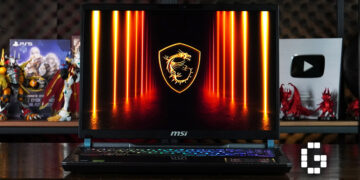The Shin Megami Tensei universe has always been known for its dark themes and strategic demon battles, but one series dared to be different. Now, with RAIDOU Remastered The Mystery of The Soulless Army finally here, this unique entry in the SMT family is getting the comprehensive overhaul it always deserved, proving that sometimes the most unconventional ideas just need the right execution to truly shine. Enter Raidou Kuzunoha, a character who swapped post-apocalyptic wastelands for the streets of a fictional 1930s Japan, trading turn-based combat for real-time action. Now, after years of fan requests, this unique entry in the SMT family is getting the remaster treatment it deserves.
The Devil Summoner Who Started It All
Before Persona became a household name, the Devil Summoner series was blazing trails as SMT’s first major spin-off. But even within this already unique sub-series, the Raidou games stood out like a sore thumb. Set during a fictional version of Japan’s Taisho era in the 1930s, these games mixed detective work with demon summoning in ways the franchise had never attempted before.
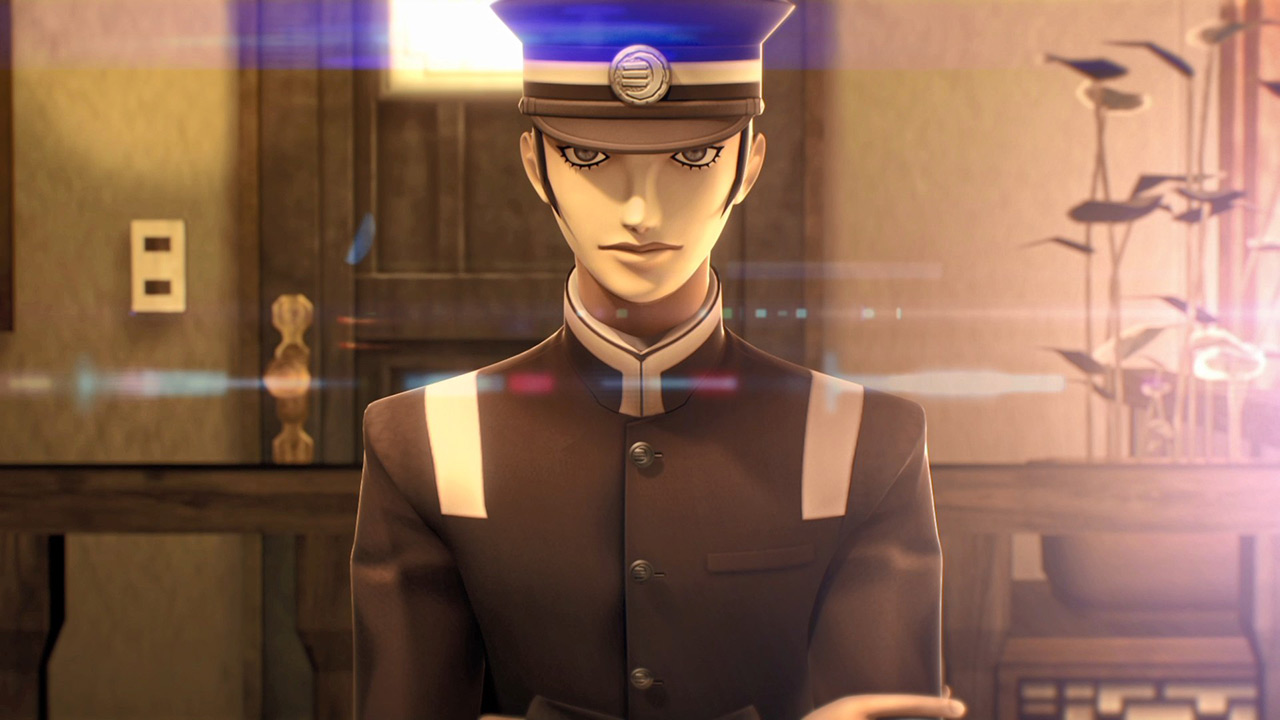
The star of the show isn’t just any ordinary protagonist. Raidou Kuzunoha XIV carries a title that’s been passed down through generations, not a birth name. He’s the 14th person to earn the right to be called “Raidou Kuzunoha” after surviving brutal trials to become a Devil Summoner. His job? Protect Japan’s capital from supernatural threats while keeping his true identity hidden by posing as both a detective and a high school student.
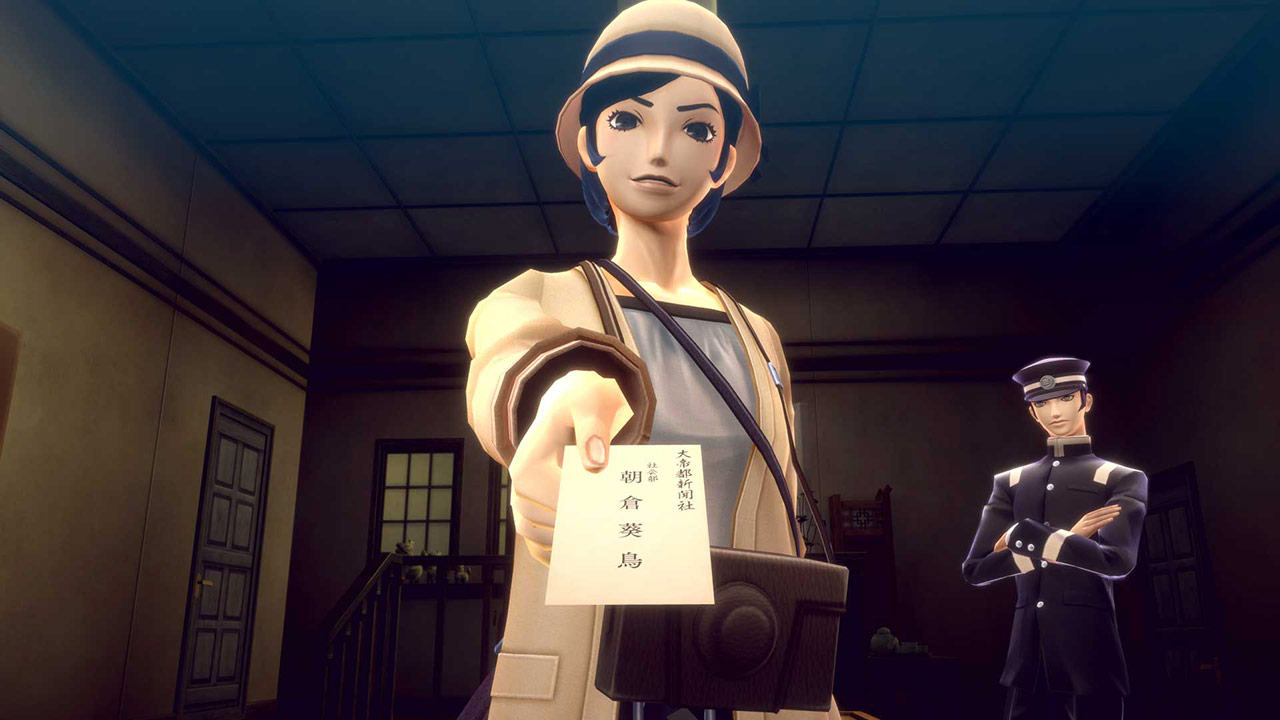
The series launched with Raidou Kuzunoha vs. The Soulless Army in 2006 in Japan, followed by the much-improved sequel Devil Summoner 2: Raidou Kuzunoha vs. King Abaddon in 2008. While the second game was widely praised, the original struggled with some gameplay issues that held back its unique vision. That’s exactly what makes this remaster so important – it’s finally giving the first game the polish it always needed.
More Than Just a Fresh Coat of Paint
Don’t let the familiar look fool you – RAIDOU Remastered has been rebuilt from the ground up in ways that almost qualify it as a remake. The developers took a careful approach, keeping the soul of the original while modernizing everything that needed improvement. It not only incorporates key feedback from the original releases and the refinements already introduced in King Abaddon, but also adds major accessibility upgrades, especially in terms of quality-of-life features that align with modern gaming standards.
Visual
At first glance, the visuals in RAIDOU Remastered might seem similar to the original versions, but the game has actually received a full polish. Everything from the 3D character models, story CG cutscenes, map design, and UI has been thoroughly refined. It’s a combination that makes the game feel incredibly fresh, while still retaining the essence of the classic Raidou series.
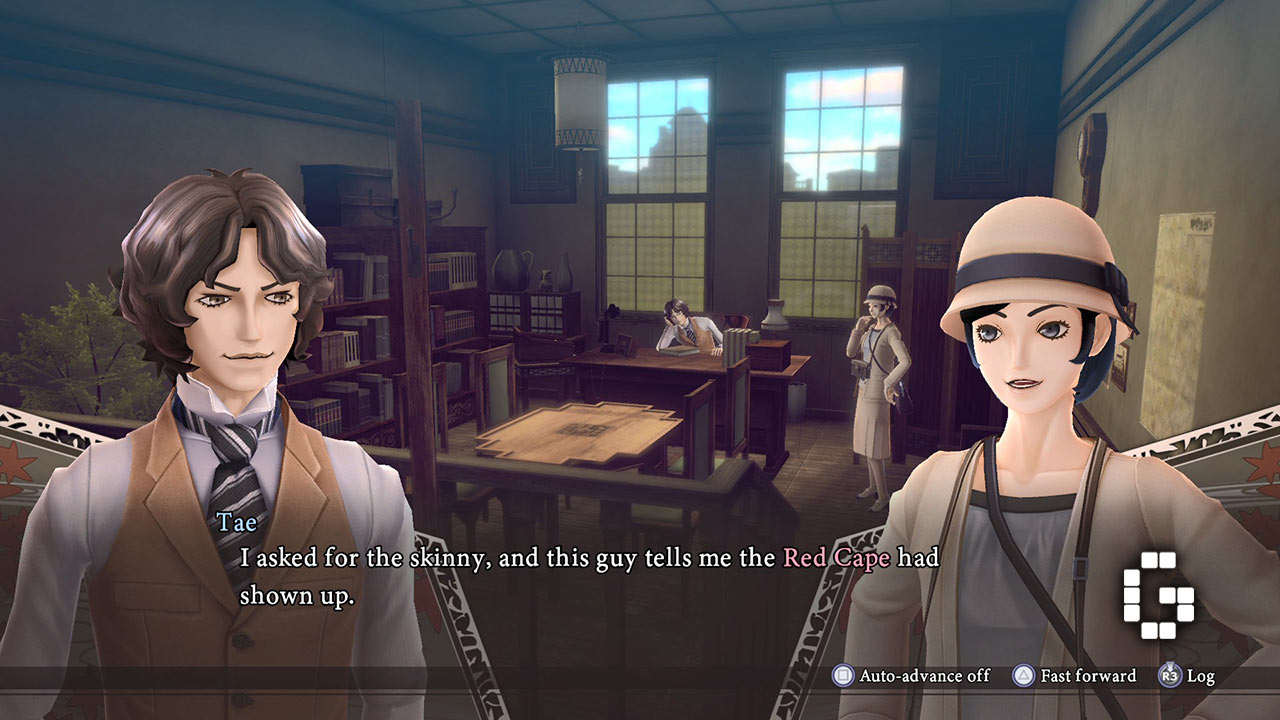
One noticeable change is in the world map – in the original Raidou games, pre-rendered backgrounds were used, but now players can explore different areas of the Capital fully realized in complete 3D environments
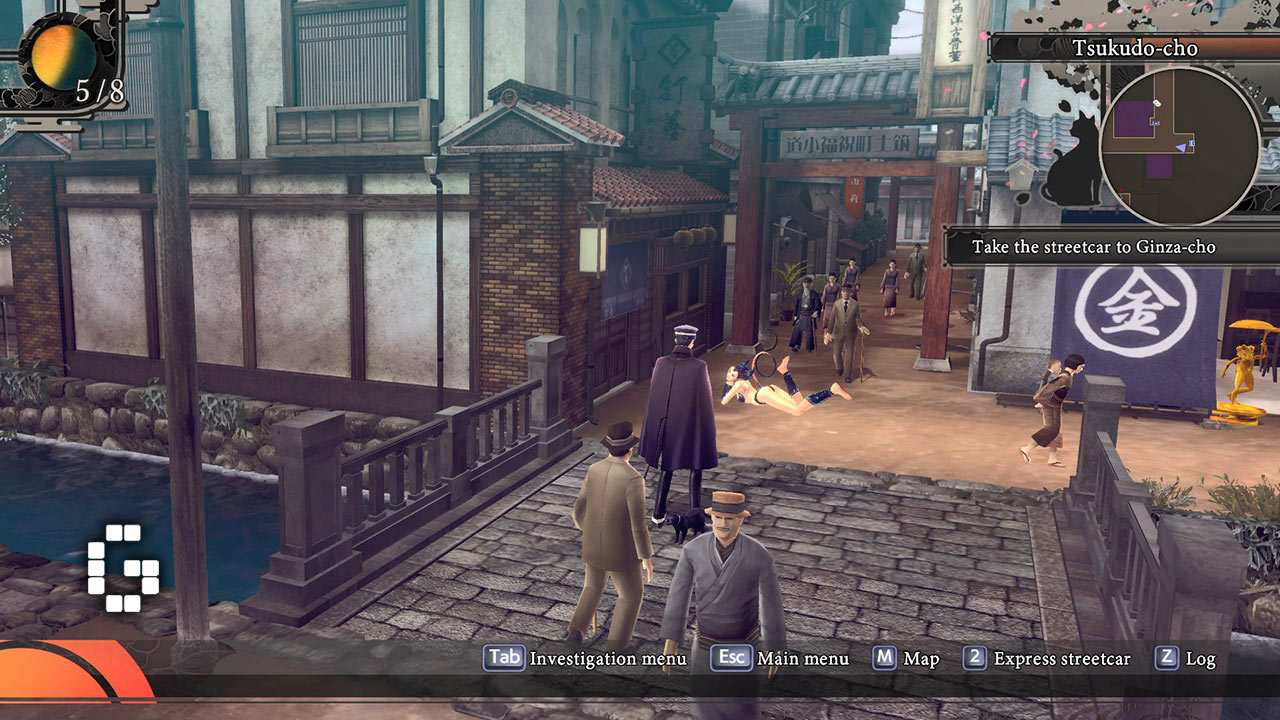
The UI has also been updated with a more stylish look which stays true to Atlus’ specialty. It still uses the foundation of the original UI, but with added design flair in just the right places to make it more visually appealing.
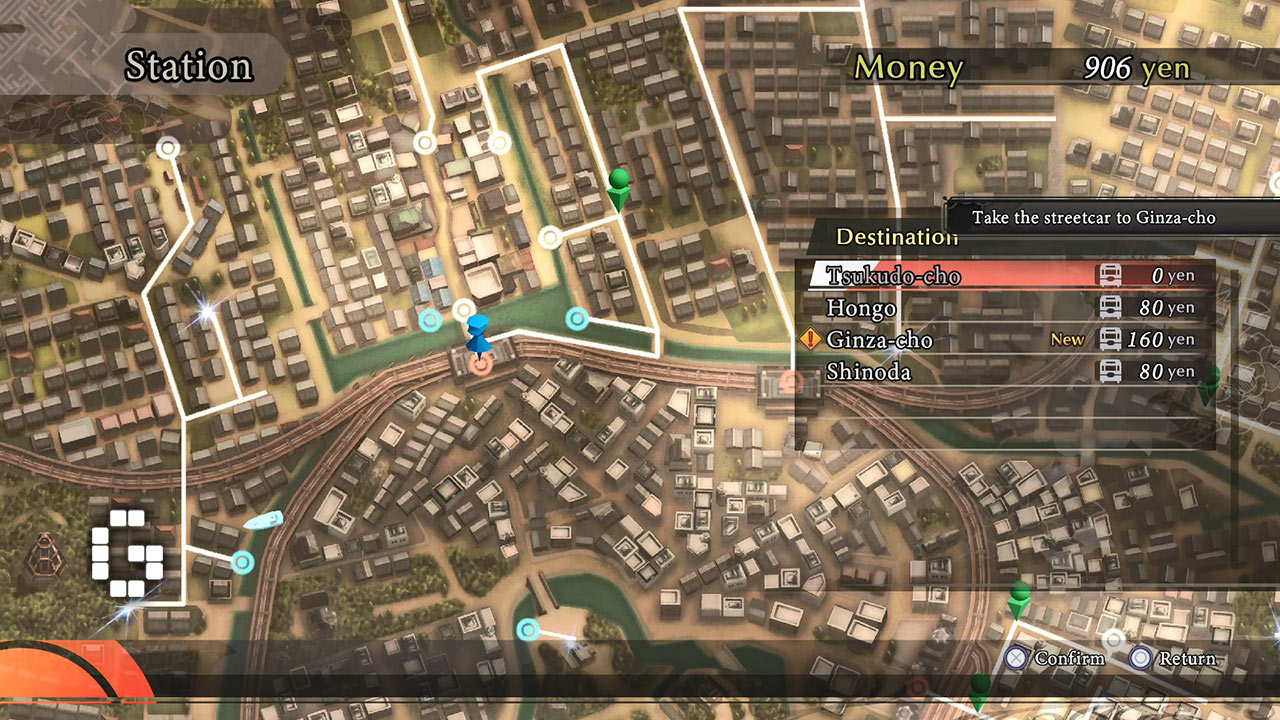
Another visual aspect worth appreciating is the introduction of a new, more dynamic camera system. This allows players to better take in the beauty of the surrounding world while exploring the Capital. This also extends to combat, which now features a fully controllable 360-degree free camera, making battles feel significantly smoother and more comfortable.
Combat
This is where RAIDOU Remastered truly shines. With more experience under their belt, the developers have drastically improved the combat system, making it far superior to the original. At its core, the game is still an action RPG where Raidou fights in real-time alongside demons from the extensive Shin Megami Tensei roster. However, the original suffered from a lack of complexity in Raidou’s combat options, which made battles feel repetitive and at times frustrating.
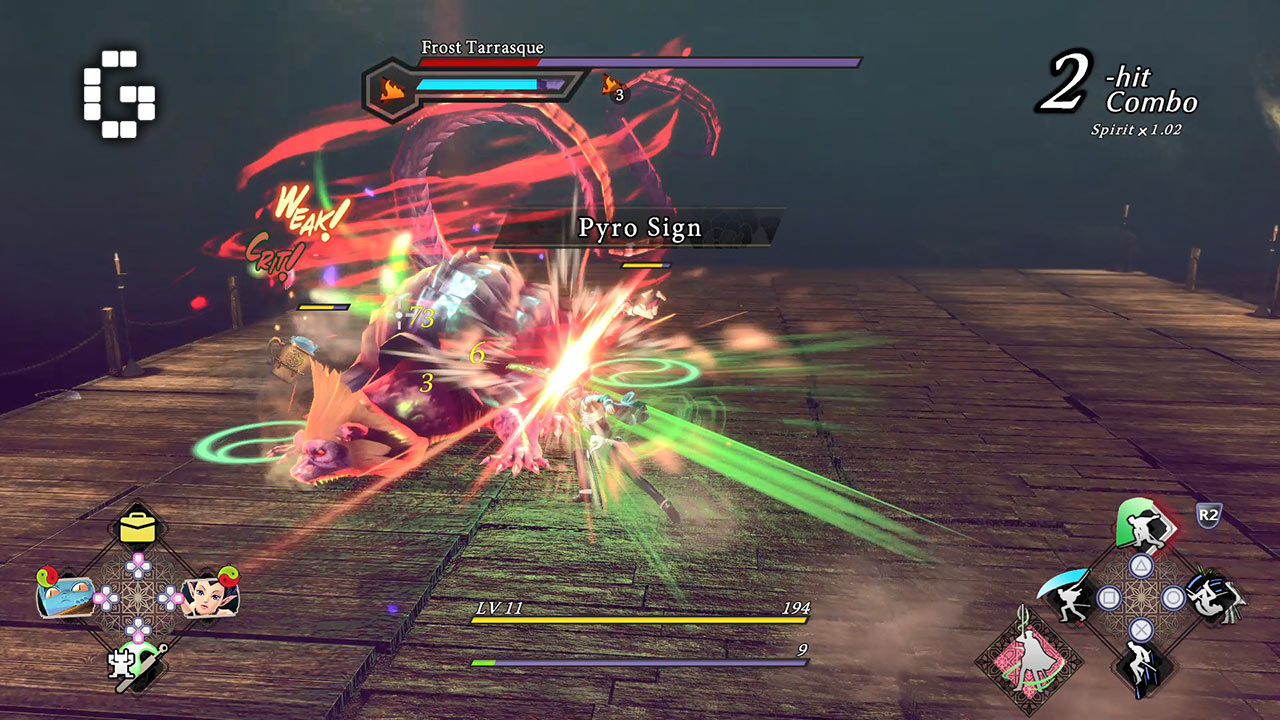
Even a quick comparison shows several major upgrades. The most obvious are the faster combat pacing and flashier attack animations. But the real game-changer lies in the mechanical enhancements. The remaster adds a number of new features like a manual shooting mode using Raidou’s pistol, a lock-on system, the MAG Drain system to more flexibly recover MP mid-battle and keep up the momentum, and Summoner Skills that give Raidou access to a wide variety of new elemental combat abilities.
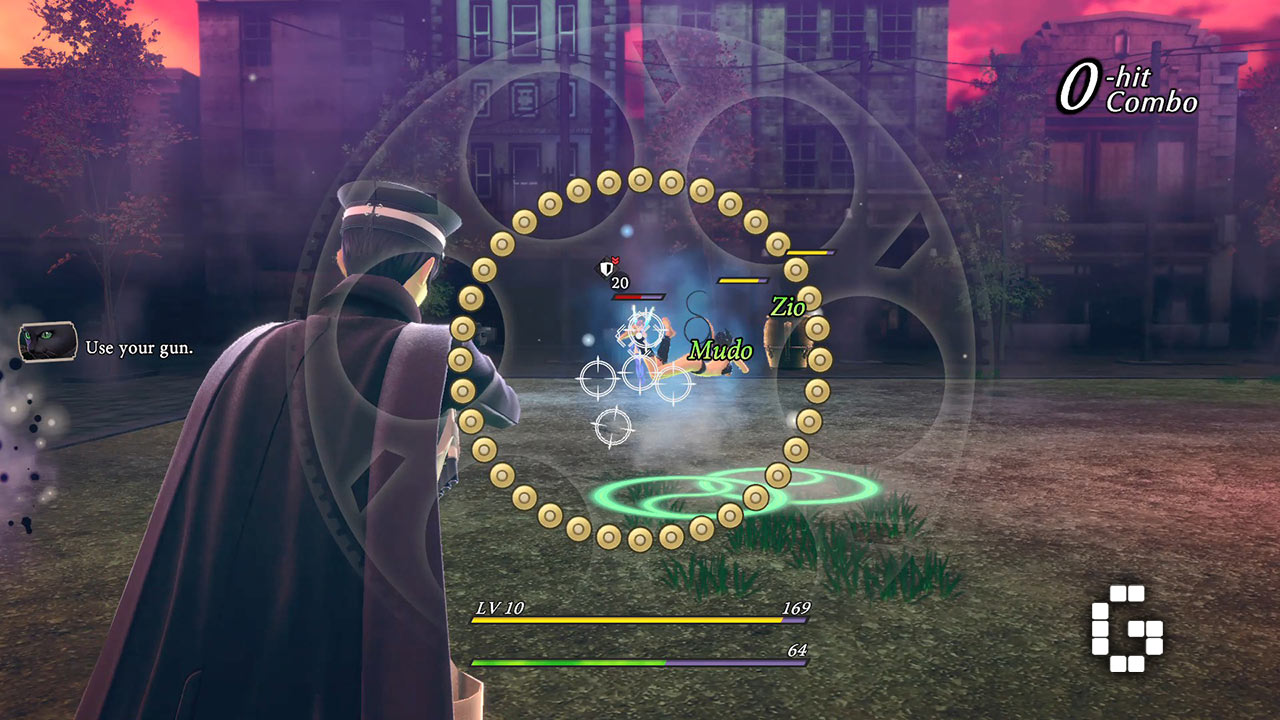
Raidou’s capabilities are pushed even further with powerful new moves like the Devil’s Bane finisher, which can be triggered when you evade an attack with perfect timing, and Spirit Slash, a flashy ultimate-style attack with impressive animation. There’s now a strong emphasis on making combat as Raidou genuinely fun, especially since players can now freely assign and access all core skill slots during battle.
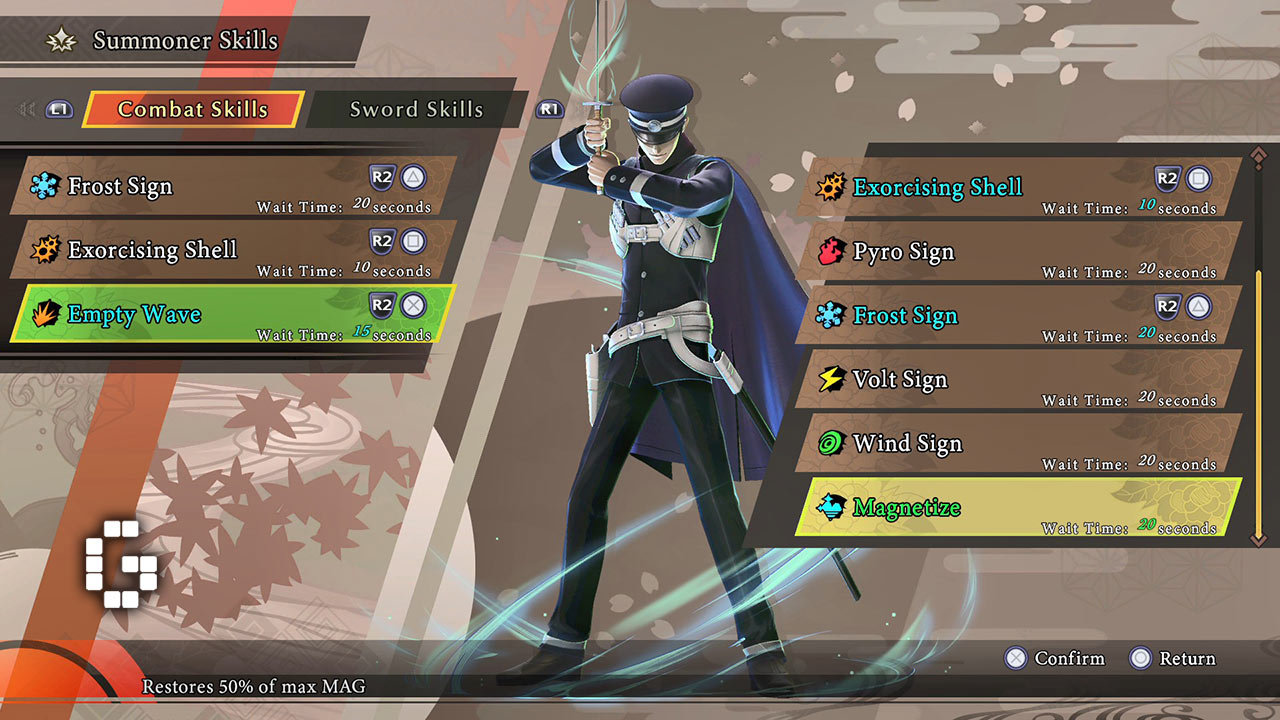
Beyond his base combat abilities, Raidou has also been made more formidable as a Devil Summoner since he can now bring two demons into battle at once, whereas the original games limited him to just one. The developers have finally realized the true potential of action-based combat in the SMT universe.
One of the most impactful additions is the free camera during combat, which allows for full environmental awareness and greater control over positioning and targeting. It’s a simple change with a huge impact which makes every encounter feel more fluid, strategic, and immersive.
Quality of Life Improvements
This aspect of the remaster also received serious attention, especially to ensure the game meets modern standards, particularly for newcomers who might be hesitant to play RAIDOU Remastered due to its older design. The quality-of-life improvements implemented in the remaster are extensive and essential in enhancing the overall gameplay experience.
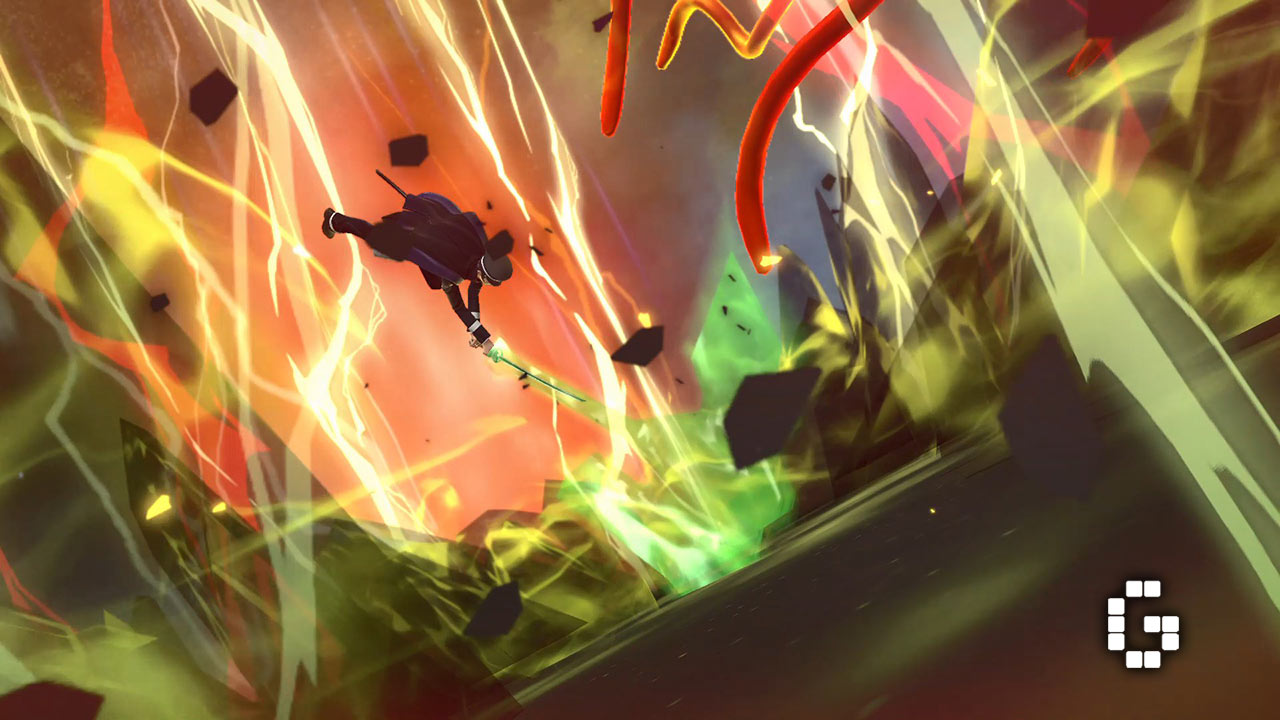
Some of the most appreciated additions include full voice acting for main characters and even side NPCs, flexible quicksave and autosave functions making sure your progress is safe even if you forget to save manually, the addition of a mini-map and clear objective markers to guide players, and perhaps most significantly, a complete overhaul of the Demon Summoning system.
The expanded demon roster now features over 120 demons (up from the original 70), along with enhancements to Demon Fusion, the introduction of Passive Skills, the new Premium Devil Chart that allows you to register multiple demons of the same type, and a change where demons outside of combat can now also gain EXP.
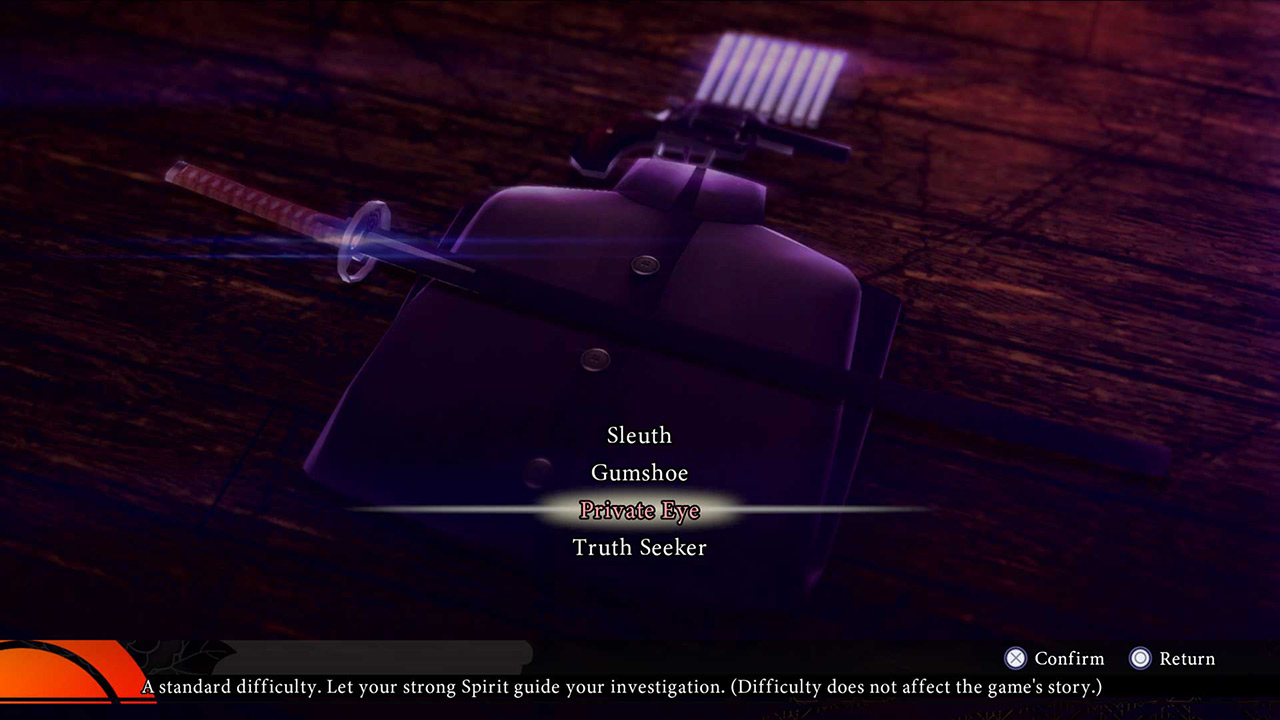
Other key upgrades include:
- New titles added for Raidou
- A new Art of Confinement move that can be executed by simply holding a button
- Expanded Sword Alchemy upgrade options at the Goumaden
- An upgraded Detective Journal that provides more detailed information on game systems
- Express Streetcars for instant fast travel to previously visited areas
- A new “Sleuth” difficulty mode where there’s no game over for players seeking the most relaxed experience
- A new Dash function to speed up exploration and gameplay pacing
- A Full Recovery option now available at the Narumi Detective Agency
- And more
The Classic SMT / Persona Experience
It wouldn’t be a proper Shin Megami Tensei game without putting the spotlight on demons, and in the Raidou series, they remain just as essential as ever. As a Devil Summoner, your role isn’t just to eliminate demons to protect the peace of the Capital, but also to subdue and recruit them as your trusted allies. In this game, the protagonist can chant a special incantation to capture demons into small canister-like tubes, almost like magical ammunition using the Art of Confinement, which can be activated at any time during combat.
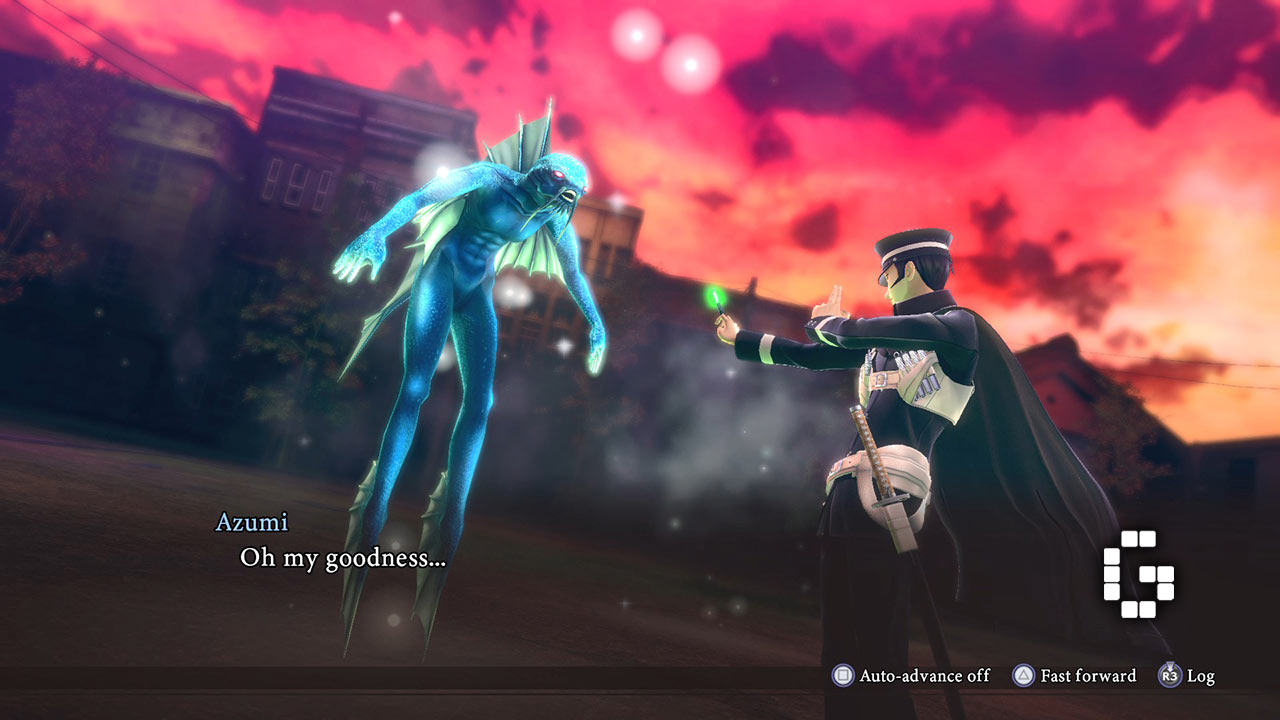
RAIDOU Remastered is quite different from what fans might be used to in other Shin Megami Tensei games, where negotiation is usually the key to recruitment. Or in Persona, where new demons are often acquired for free via mechanics like Shuffle Time. Raidou however, doesn’t necessarily follow those rules – instead, demons can be forcibly captured, fitting the image of a true Devil Summoner. It might sound harsh, but Raidou ends up forming even deeper and more harmonious bonds with his demons, both in terms of narrative and gameplay.
In combat, Raidou can give direct commands to his demons such as ordering them to guard themselves when a dangerous enemy attack is incoming. The real-time nature of combat means even the slightest delay in timing can result in their defeat. Fortunately, demons are also highly responsive – they’ll exploit enemy weaknesses or heal you exactly when needed. Their reliable performance makes them indispensable in battle, and without them, Raidou would genuinely struggle to survive on his own.
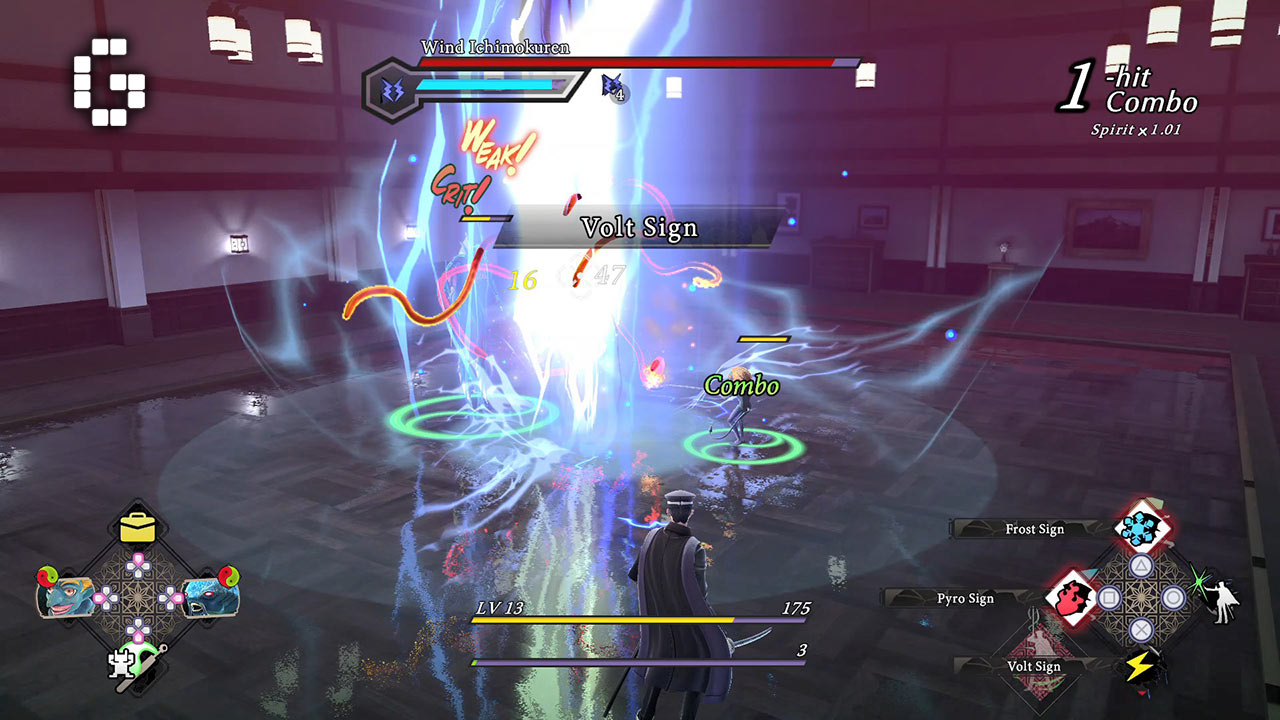
But beyond combat, the true sense of partnership emerges during investigations out in the real world. Unlike ordinary detectives, Raidou can rely on his Devil Summoner abilities to command demons in all sorts of unusual tasks. These include reading people’s thoughts, cheering up NPCs to get them to reveal information, accessing hard-to-reach areas, and scanning environments for hidden clues. You can even manually control a demon using Solo Investigation, which is especially useful for infiltrating places where normal humans can’t detect them.
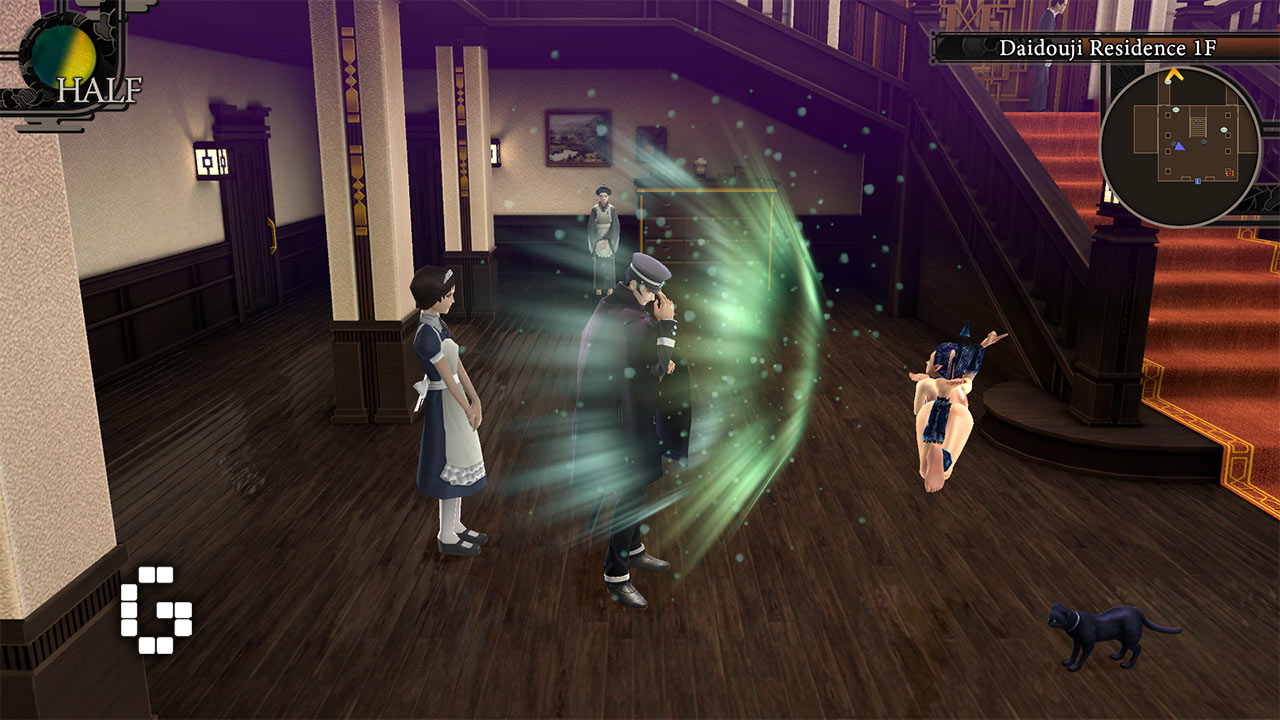
Rather than just treating demons as combat tools, the bond between Raidou and his allies feels far more meaningful. Even small details like how demons enthusiastically shout Raidou’s name when they level up add a sense of joy and connection. During fusion sequences, they’ll sometimes leave behind parting messages, expressing thanks before being sacrificed to help Raidou. Despite the initial impression of being a cold demon hunter, playing as Raidou gradually reveals a deeper, more peaceful relationship between him and his demonic companions.
RAIDOU Remastered: The Mystery of the Soulless Army is available on Nintendo Switch, PlayStation 5, PlayStation 4, Xbox Series X|S, and PC via Steam on June 19, 2025. The Nintendo Switch 2 version will be available once the hardware is officially available in Southeast Asia, which is later than June 19th. For more information check out the official website, and follow ATLUS on Facebook for the latest updates and news.

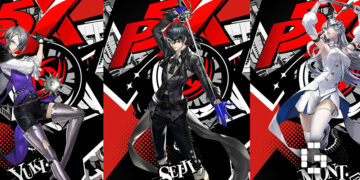

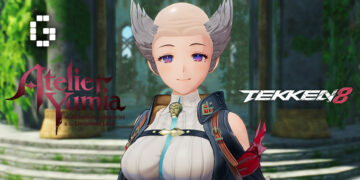


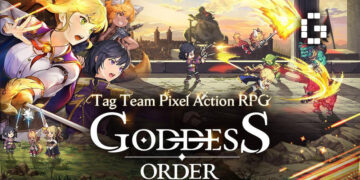
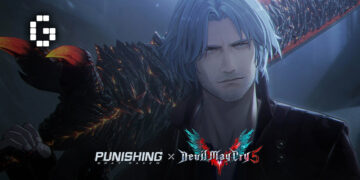

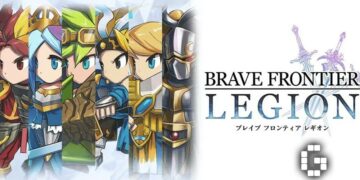

![[EXCLUSIVE] Creative Masterminds from Gearbox Software Reveal What Makes Borderlands 4 Worth the Wait](https://cdn.gamerbraves.com/2025/07/Borderlands-4-at-Bilibili-World-2025_Interview_FI-360x180.jpg)


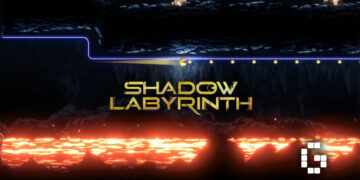

![[ASIA EXCLUSIVE] Bringing Back a Classic: Inside the Making of FINAL FANTASY TACTICS – The Ivalice Chronicles](https://cdn.gamerbraves.com/2025/06/FFT-Ivalice-Chronicles_Interview_FI2-360x180.jpg)








